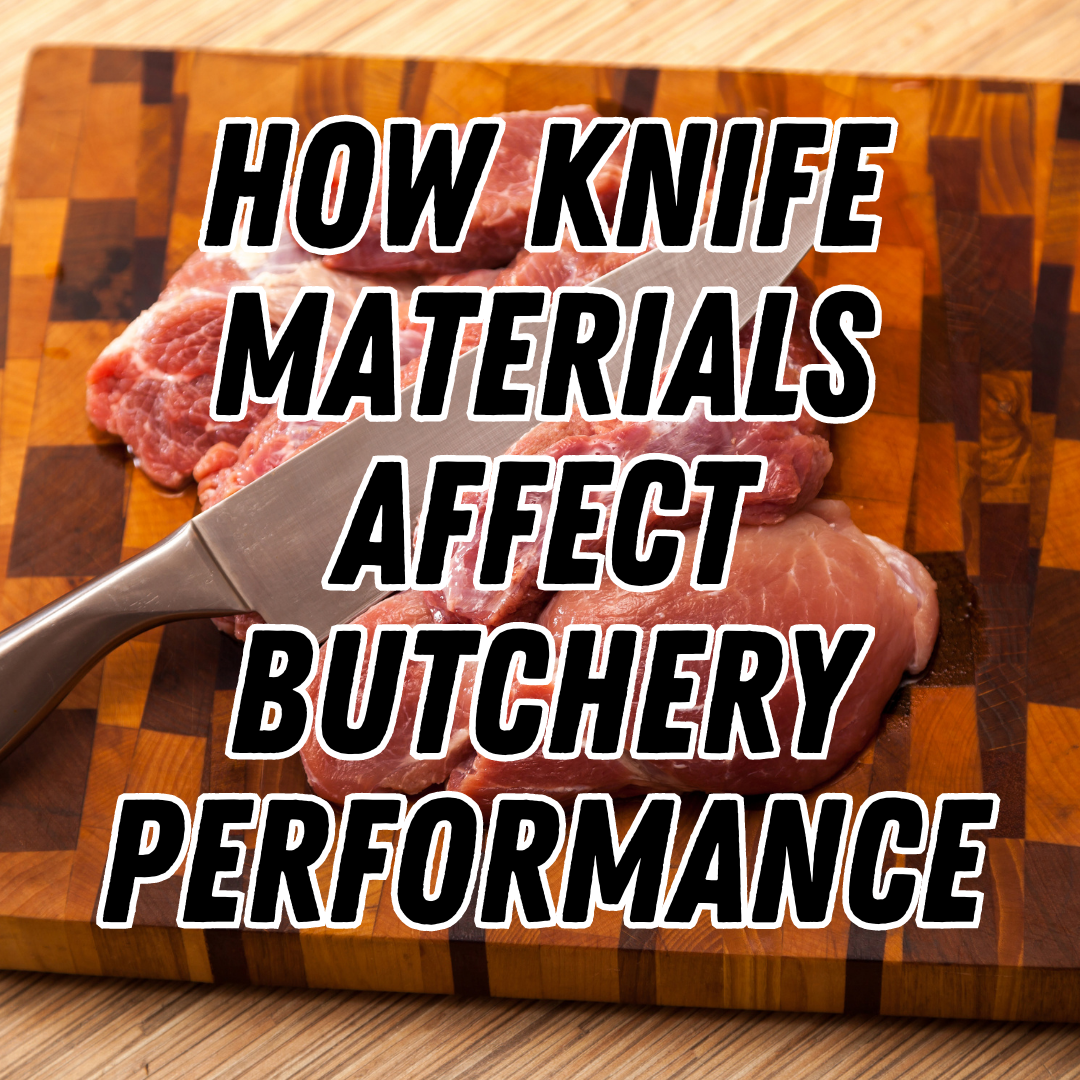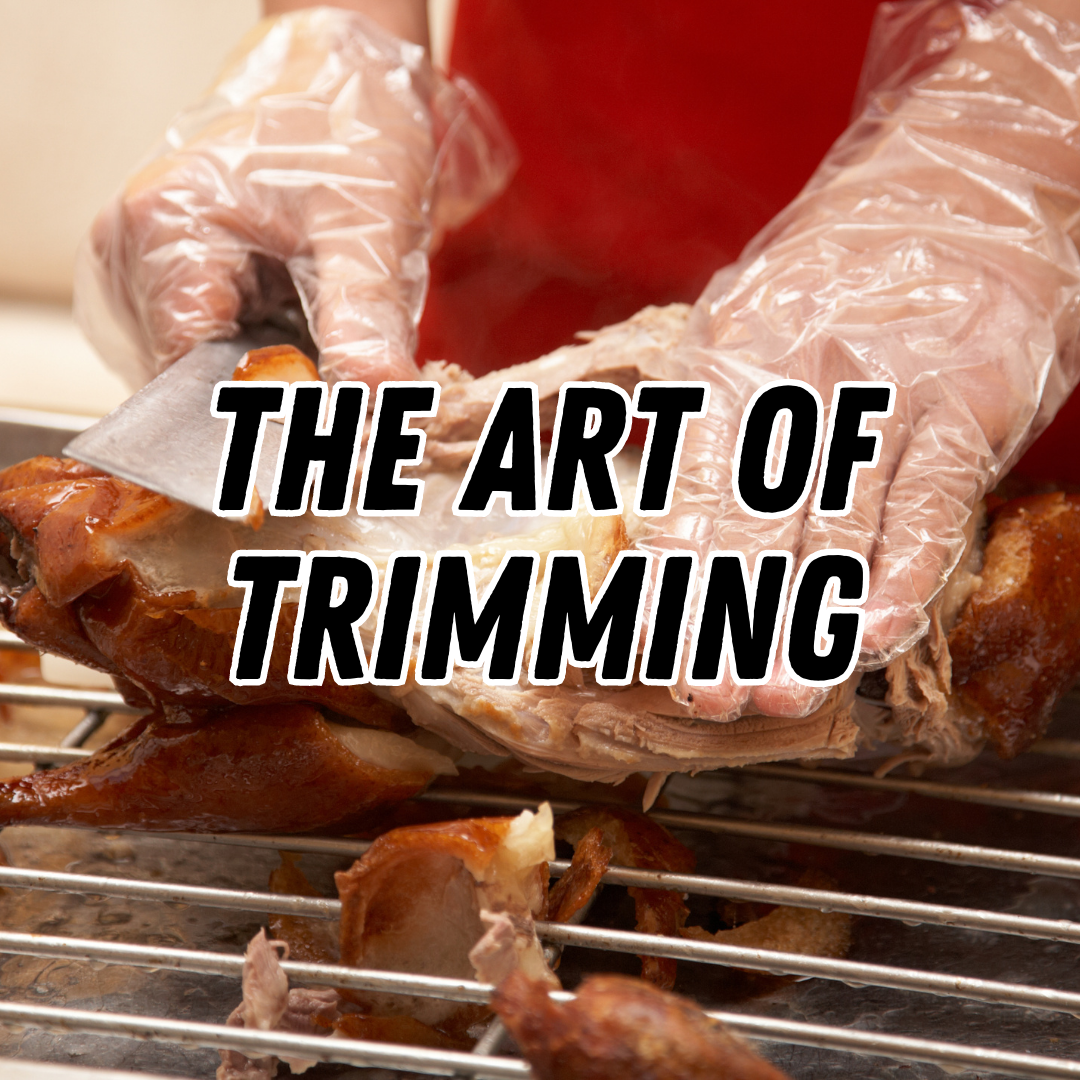Welcome to the world of steak knives, where precision and technique meet culinary delight.
This post will explore the art of cutting steak with finesse and mastery. Discover the secrets to achieving perfect slices, allowing you to savour every bite of your steak.
Elevate your dining experience to new heights by learning the proper technique for cutting steak and the importance of holding the knife for maximum control.
The Proper Technique for Cutting Steak
Mastering the art of cutting is essential to savour a perfectly cooked steak. Below are the key steps and considerations to ensure you slice through your succulent steak with finesse and precision.
Understanding the Anatomy of a Steak Knife
Before diving into the cutting technique, familiarise yourself with the different parts of a steak knife.
The blade, handle, bolster, and tang are crucial in determining the knife's balance, durability, and overall performance.
The Ideal Grip for Maximum Control and Precision
Gripping the steak knife correctly is vital for maintaining control while cutting. The recommended grip involves wrapping your dominant hand around the handle and resting your index finger along the blade's spine, providing stability and control.
Step-by-Step Instructions for the Proper Cutting Technique
1. Positioning the Knife and Plate
Place the steak on a clean plate, ensuring it is secure and stable. Hold the knife with a firm grip, maintaining a comfortable posture.
2. Making Clean and Precise Cuts
Employ a smooth and gentle sawing motion to cut through the steak.
Avoid applying excessive force, as a sharp knife should do most of the work effortlessly.
3. Considering the Steak's Temperature and Doneness Level
Adjust your cutting technique based on the steak's temperature and doneness level.
For rare or medium-rare steaks, use longer, straight cuts; for well-done steaks, opt for shorter, angled cuts.
4. Navigating Around Bones and Gristle
If your steak has bones or gristle, exercise caution while cutting around these obstacles.
Use the tip of the knife to navigate and avoid applying too much pressure.
Remember, practice makes perfect. The more you refine your cutting technique, the more enjoyable your dining experience will be.
Holding a Steak Knife for Maximum Control
When it comes to getting the most out of your steak knife, mastering the art of holding it correctly is essential. Different holding techniques offer unique benefits that enhance your cutting precision and overall dining experience.
Different Holding Techniques and Their Benefits
-
The Pinch Grip: This technique involves pinching the blade's base between your thumb and index finger while wrapping the remaining fingers around the handle.
The pinch grip provides excellent control and allows for precise slicing, making it popular among professional chefs.
-
The Hammer Grip: You hold the knife handle firmly like a hammer in this grip.
This technique suits those who prefer a firmer grip and exert more force while cutting through tough steaks.
Choosing the Grip That Suits Your Comfort and Hand Size
Selecting the proper grip is a matter of personal comfort and hand size. Experiment with the pinch and hammer grip to find which feels more natural and allows you to handle the knife easily.
Practice Exercises to Improve Grip Stability and Control
Practice makes perfect! Enhance your grip stability and control with these exercises:
- Place a towel on a cutting board and practice making precise cuts without the knife slipping.
- Practice cutting through different textures and thicknesses of steaks to improve your adaptability and technique.
By mastering the proper holding techniques and regularly practicing, you'll elevate your steak-cutting skills to a new level, enhancing your dining experience and impressing your guests.
Avoiding Common Mistakes with Steak Knives
Despite their efficiency, steak knives can lead to disappointing results if not used properly. To fully enjoy your dining experience, avoid these common pitfalls:
Applying Excessive Pressure and Force
When using a steak knife, remember that it's designed to glide through meat effortlessly. Applying excessive force can damage the blade and also squash and toughen the steak. Instead, maintain a gentle grip and let the knife's sharpness do the work.
Sawing or Hacking Motions that Result in Uneven Cuts
Resist the temptation to saw or hack at the steak. These jagged movements can lead to uneven cuts and an unappealing presentation. Instead, use controlled and smooth slicing motions to achieve clean cuts.
Neglecting Proper Knife Care and Maintenance
To ensure your steak knives remain in top condition, follow these essential care tips:
1. Sharpening and Honing the Blade Regularly
A sharp knife is essential for effortless cutting.
Regularly sharpen the blade using a honing rod or a whetstone to maintain its keen edge.
Honing realigns the blade, ensuring it stays sharp for more extended periods.
2. Storing the Knife in a Safe and Appropriate Manner
Proper storage prevents unnecessary damage to the knife and potential accidents.
Invest in a knife block, magnetic strip, or knife guard to protect the blade and keep it out of harm's way.
By avoiding these mistakes and implementing proper care, your steak knives will remain pristine, consistently delivering exceptional dining experiences.
Enhancing the Dining Experience
Steak knives serve as functional tools and play a crucial role in elevating the overall dining experience. Understanding their significance can genuinely enhance any meal.
The Role of Steak Knives in Presentation and Aesthetics
Steak knives contribute to the visual appeal of a dining table. Their sleek and elegant designs add a touch of sophistication to any setting.
The sight of well-crafted steak knives signals a premium dining experience, setting the stage for an enjoyable meal.
Pairing Steak Knives with Complementary Tableware
To create a harmonious dining setting, it's essential to pair steak knives with complementary tableware. Coordinating the knife's handle design and material with other utensils can bring balance and unity to the table, impressing guests and making the meal even more delightful.
Considerations for Selecting the Right Steak Knife Set
Selecting the perfect steak knife set involves several considerations. The blade material, handle design, and overall craftsmanship are vital factors to evaluate. Finding the right balance between functionality and aesthetics ensures a satisfying dining experience.
|
Consideration |
Description |
|
Blade Material |
Opt for high-quality stainless steel for sharpness and durability. |
|
Handle Design |
Choose ergonomic handles for a comfortable grip during dining. |
|
Craftsmanship |
Look for precision craftsmanship to ensure long-lasting performance. |
Showcasing Steak Knives as a Conversation Piece
Steak knives can serve as intriguing conversation pieces during meals. Exploring the blade's history or sharing insights into its craftsmanship can add depth and interest to the dining experience. Guests will appreciate the thoughtfulness behind choosing such exceptional utensils.
Conclusion
Remember, precision is key when it comes to cutting steak. By employing the right cutting technique, you can ensure tender and flavourful bites every time.
Additionally, holding the steak knife correctly allows for better control and effortless slicing.
Avoiding common mistakes, such as using excessive force or sawing motions, will help you maintain the integrity of the steak.
So, grab your steak knife, apply our discussed techniques, and savour every delicious bite.




